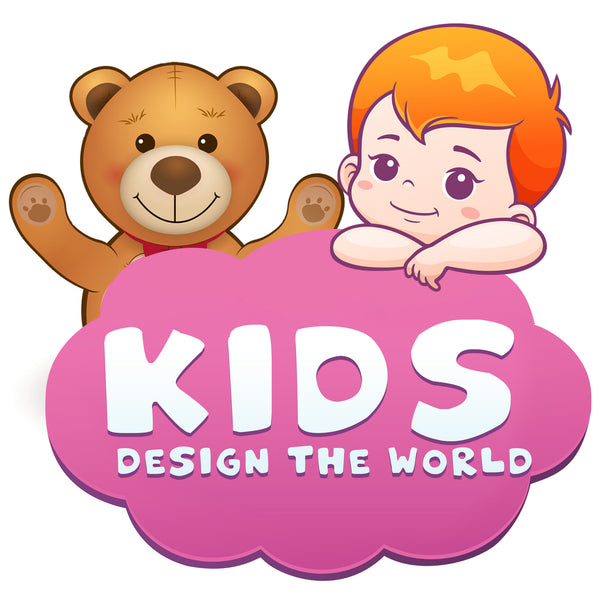Mythical Origins
The fire-breathing dragon has always captivated the human imagination, emerging from the mists of ancient history. These creatures, symbols of power and mystery, have deeply rooted origins in global mythologies. Legends often speak of their fiery breath, capable of reducing entire cities to ashes. But where does this powerful image of the dragon come from? Mythological stories, from Sumerian tablets to Norse sagas, provide fascinating clues. These ancient texts depict dragons as guardians, destroyers, or sometimes even creators, playing a key role in the formation of worlds and civilizations.
In many cultures, the dragon symbolizes the duality of nature: both destroyer and protector, wise and fierce. In the East, for example, the dragon is usually seen as a sign of luck and prosperity, contrary to the more menacing image it holds in the West. This diversity in representations underscores the universality of the dragon in the collective imagination, transcending geographical and cultural boundaries.
Fantastic Biology
Delving into the fictional biology of the dragon, a fascinating question arises: how could these mythical creatures breathe fire? The answers, while purely fantastical, offer fertile ground for the imagination. Some stories mention special glands, producing flammable chemicals that, once exposed to air, ignite. Other theories suggest that the dragon's fire comes from the fermentation of biological materials in its stomach, creating a combustible gas.

The design of the dragon's anatomy also varies across cultures and eras. In some traditions, these creatures are depicted with gigantic wings, capable of flying at impressive altitudes, while others imagine them crawling in dark caverns or swimming in ocean depths. This diversity reflects the richness of human imagination and our fascination with mystery and the unexplained.
Cultural Representations
The representation of the dragon in various cultures reveals the many facets of this legendary creature. In the East, dragons are often seen as symbols of wisdom and strength, associated with natural elements like water or the sky. In China, for example, the dragon is a symbol of imperial power, while in Japan, it is often connected to the sea and waterways.
In the West, the dragon generally has a more sinister connotation. In European medieval narratives, it is frequently portrayed as an adversary to be defeated, an evil to be overcome. This view is likely influenced by Christian roots, where the dragon is often associated with evil and chaos. The diversity of the dragon's representation in world culture illustrates how the same symbol can be interpreted in multiple ways, reflecting the values, beliefs, and fears of different societies.
Literary and Cinematographic Influence
Dragons have had a significant influence on literature and cinema. From "Beowulf", one of the oldest poems in the English language, where a dragon plays a central role, to contemporary tales like J.R.R. Tolkien's "The Hobbit", where the dragon Smaug embodies greed and destruction, these creatures have captivated readers and audiences. In cinema, dragons have often been portrayed as formidable antagonists or majestic companions, helping to create fantastical worlds that defy our imagination.

The presence of dragons in modern cinema has been marked by technological advancements, allowing for more realistic and impressive representations. Movies like "Game of Thrones or Harry Potter" have featured dragons with a level of detail and complexity never seen before, becoming central elements in the visual storytelling of these works. These depictions have reinforced the status of the dragon as a pillar of popular culture, symbolizing the boundary between the real and the imaginary.
Symbolism and Modern Interpretations
The fire-breathing dragon continues to evoke fascination and admiration in the contemporary world. This powerful symbol has evolved, reflecting changes in our society and values. Today, the dragon often represents strength, courage, and perseverance. In modern art, dragons are used to express both beauty and terror, embodying complex emotions and ideas.
The symbolism of the dragon in contemporary culture is also visible in fashion and design movements, where it is used to evoke a sense of exoticism and mystery. This constant reinvention of the dragon demonstrates its ability to remain relevant and inspiring through the ages, adapting to reflect the aspirations and dreams of each generation.
Dragons in Pop Culture
Dragons in pop culture are ubiquitous and continue to captivate the global audience. They appear in video games, TV shows, films, and even in fashion. This remarkable presence demonstrates their enduring impact on our culture. In video games, for example, dragons are often key characters, representing major challenges or powerful allies. They symbolize grandeur, challenge, and adventure, drawing players into fantastical worlds.

On cinema and television screens, dragons add a dimension of spectacle, enriching narratives with their imposing presence. They captivate hearings, not only through their majestic appearance but also through their narrative complexity, typically emblematic of broader themes such as the struggle between good and evil or the quest for power.
Living Legends
The legends of dragons traverse time, constantly reinventing themselves while retaining their mysterious and fascinating essence. These mythical creatures continue to influence our culture, our art, and even our worldview. They serve as a bridge between the past and the present, reminding us of the stories and beliefs of our ancestors while adapting to contemporary realities.
Their presence in modern narratives, whether in books, films, or games, underscores their role as cultural symbols. They allow us to understand our own stories through a prism of fantasy and imagination, offering a window into the values, hopes, and fears of different eras and cultures.

Conclusion: The Eternal Flame of the Dragon
In conclusion, the fire-breathing dragon remains a central figure in our collective imagination. From its ancient roots in mythology to its modern incarnations in popular culture, the dragon continues to captivate, inspire, and fascinate. It symbolizes a multitude of ideas and emotions, from terror to majesty, from destruction to protection. The eternal flame of the dragon in our hearts and minds attests to the richness and depth of our own creativity and imagination.
Whether as a guardian of treasures, a destroyer of realms, or a symbol of wisdom, the dragon maintains its place as one of the most powerful and versatile symbols of our culture. Its ability to transform while remaining true to its mysterious essence is a reminder of our own potential for growth and transformation.
Embark on a magical journey with your very own Green Dragon Plush, a cuddly companion from the realms of fantasy, perfect for dragon lovers of all ages!


